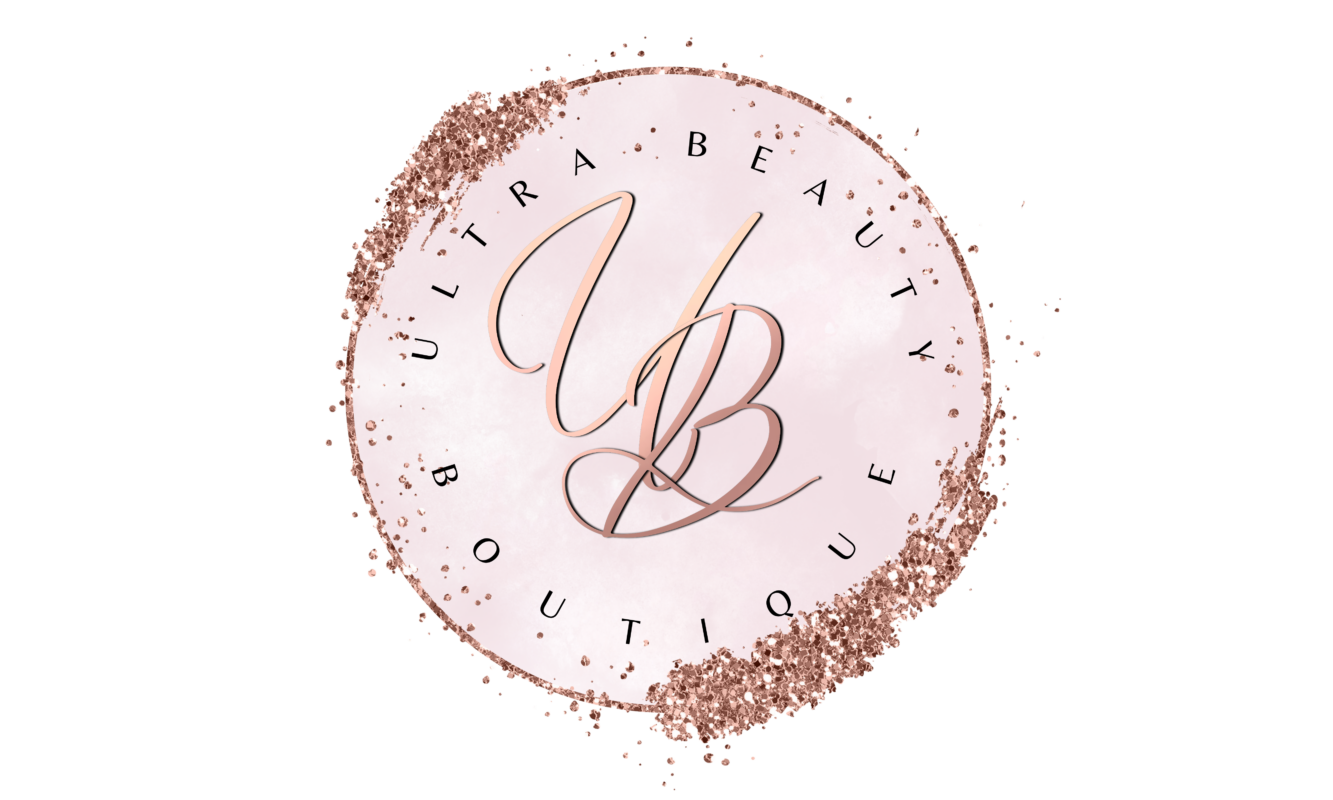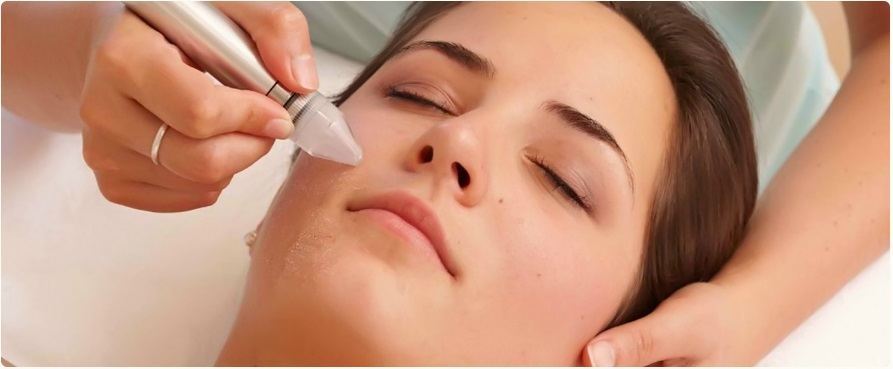A lot of people choose microdermabrasion as a skin treatment because of its proven results. It can improve acne-prone skin, remove some scars caused by pimples and blemishes, reduce wrinkles and unwanted signs of aging, and smoothen enlarged pores.
Microdermabrasion devices produce dermal high-pressure micro crystal flow on the skin. It uses dermal abrasion with suction in order to remove the top layer of the skin, where dead skin cells lie.
The best part about microdermabrasion (compared with dermabrasion or other aggressive skin treatments) is that it only takes 30-60 minutes. However, there may be some downtime depending on how your skin reacts after the treatment.
The most common complaint of patients after microdermabrasion is the red marks on the skin. Not only are they unappealing, they can also cause some anxiety caused by fear of scarring.
In some cases, the redness dissipates after only a few hours. However, following a proper microdermabrasion aftercare routine is very important to relieve the skin of unnecessary pressure.
As mentioned earlier, your skin’s top layer of protection is removed during each session. This causes the redness after each abrasion. This is absolutely normal after each procedure so do not be too worried. To prevent your skin from having any damage and to maximize the results of the treatment, here are a few things to keep in mind:
1. Keep the new skin clean and moisturized.
Cleanse your face immediately after treatment. Use a wet cloth and proper rehydrating toner to wipe off skin debris that was left behind.
Let your skin dry or use a very soft face towel. Once it is dry enough, use a rich moisturizer recommended by your practitioner. Moisturize your skin whenever necessary for the next 4-6 days to avoid skin from drying out.
2. To relieve the tenderness or burning sensation caused by microdermabrasion after one treatment, anti-inflammatory creams or cold compresses may be used.
Some creams and ointments may be applied. However, use them moderately or as prescribed by your dermatologist.
Certain copper-based lotions have light ingredients that may help aid quick skin recovery. To improve the skin’s quality, use microdermabrasion serums with high Vitamin A, C and E content. It will help skin look very toned.
3. Use a gentle cleanser.
Use a sensitive skin cleanser like Cetaphil or something that contains no harsh chemicals and has absolutely no scent. Always rinse with cool or lukewarm water.
Ask your dermatologist for a good cleanser. Most of the time, your doctor has ready-to-use product at a discounted price.
4. Trauma such as scratching or picking the treated area should be avoided.
Your dermatologist will warn you that some skin impurities may appear after treatment. Peeling after microdermabrasion is completely normal. This is a sign that it is working.
Do not pick or remove dead skin as this could cause unwanted pigmentation and scarring. Allow the skin to renew itself on its own. Skin irritations must be endured for a short period of time. If scratches on your skin are unavoidable, apply aloe vera to sooth the skin. It should help heal the scratches for about one week.
5. It is important to avoid irritating the treated skin with harsh chemicals, rubbing or tanning for one week.
Do not apply make-up, perfumes or aftershave lotions for about 48 hours after treatment. Avoid heat treatments like sauna, steam rooms, hot showers and facial waxing.
The skin will peel naturally so use of exfoliating products such as AHA, Glycolic acid and Retin-A or retinoids should be avoided as well.
6. Use moisturizer to minimize peeling and help the skin heal faster and with less discomfort.
Skin may feel sore or have a distinct burning sensation like a sunburn. Just remember to cool down your skin periodically. You may simply rinse your face off with cold water, rub an ice cube on the affected areas or use an ice pack when needed.
7. Avoid the sun for at least 7 days after the treatment to prevent UV rays from damaging your skin which slows down the recovery.
Remember that after microdermabrasion, the protective layer of skin may also be removed. It does not hurt to have an extra layer of protection on your skin.
Direct sunlight will interfere with the skin’s recovery. If it is absolutely impossible to avoid leaving the house, ask your dermatologist for the best sunscreen lotion to apply on your skin. Doctors recommend SPF 30 and above. It would also not hurt to use wide hats and sunglasses.
8. Avoid hot places that will make you sweat.
Excessive perspiration may irritate your skin so avoid exercise for a few days after your treatment. Even swimming should be avoided as your skin may have a negative reaction to the chlorine or salty water on the beach.
Bacteria may get trapped in your sweat and seep into your exposed pores and sensitive skin, which may lead to wide-scale acne or irritation.
9. Eat lots of fruits and vegetables
Ask your skin doctor what is the best diet for people undergoing microdermabrasion treatment. He or she will probably ask you to eat more fruits and vegetables while lessening dairy and red meat.
Your skin specialist may also ask you to take supplements. Ask your skin expert which vitamins and minerals you need to maximize your treatment and get the best results the fastest.
10. You may resume prescription products when your doctor tells you to.
Retinoid products like Retin A, Renova, Tretinoin, Avita, Alustra or other brands of Tretinoin and other prescription retinoid products (Adapalene, Avage, Differin, Tazorac, Tazarotene) can be applied 3 – 7 days after last microdermabrasion treatment or as instructed by your skin specialist.
Make sure that you check any substance you put on your face before you apply. If you’re in doubt or you can’t see or read the ingredients list, look the product up online. If you still can’t get a clear picture of what the potion contains, don’t put it on. Ask your dermatologist first.
11. Drink plenty of water.
Microdermabrasion can be a dehydrating procedure. Always make sure you also rehydrate with water.
Lots of water can also help your skin recover better because it’s moisturized both inside and out.

